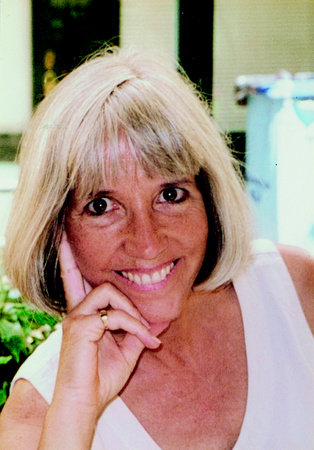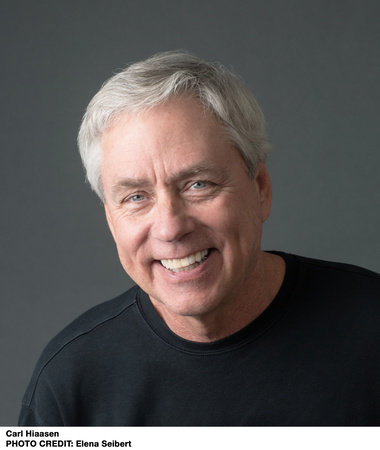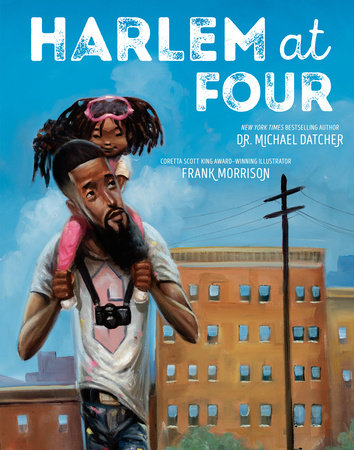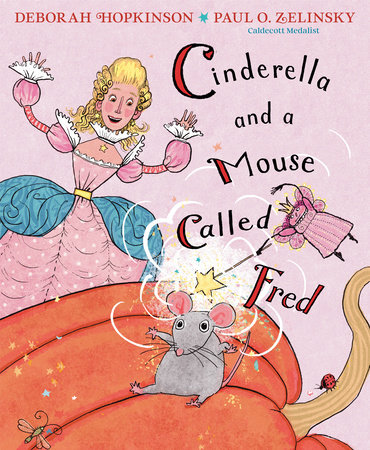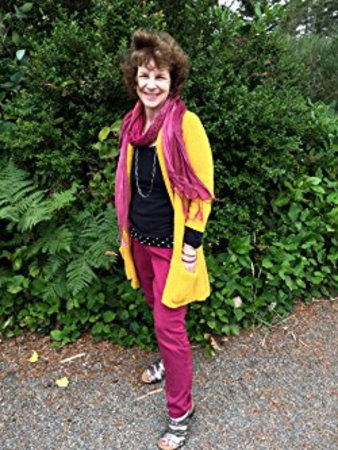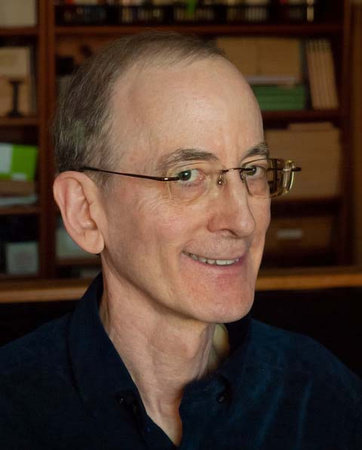by Maria José Fitzgerald, author of Turtles of the Midnight Moon
Mysteries have always captivated young readers through their suspenseful scenes, puzzles, red herrings, and whodunnits. The mystery genre in children’s literature transports young minds to realms of adventure and discovery. From Harriet the Spy and Nancy Drew to more recent novels like Greenglass House and Hoot, mysteries keep kids engaged and turning the pages, yearning to discover the truth. As young readers reach the end of the book, they might wonder: Were my suspicions correct? What clues did I miss along the way? What information led me astray? If they’re like me, they might even start the book over and try to find the hints they missed.
But beyond the thrill of cracking a puzzling case, mysteries also offer authors the ability to weave profound universal truths into their narratives. As readers dig for evidence, they may also find that they are simultaneously digging within themselves, asking questions unrelated to the novel’s “main” mystery. Because the truth is, what matters even more than the puzzle, are the connections readers make with the characters in these stories and the sometimes-difficult truths they discover about being human.
In my debut middle-grade eco-mystery, Turtles of the Midnight Moon, I strived to craft a classic whodunnit that also delved into truths about friendship, compassion, conservation, forgiveness, identity, and even the importance of art. While young readers immerse themselves in the beaches of Honduras, trying to figure out who the egg-poaching villain(s) might be, it is my hope that they also connect to the protagonists’ struggles, hopes, and the questions they are grappling with:
- What does it mean to be a real friend?
- How do I show compassion towards the natural environment and its creatures?
- Why is forgiving so hard? Why is it important?
- What does it mean to be of mixed race or culture? What is identity anyway?
While fiction might not always answer these questions directly, stories—including suspenseful mysteries—can guide readers to come up with their own answers. Stories shine a light on the complicated truths about being human and the struggles we all share. They help readers navigate this complicated world. Even high-paced, action-packed mysteries can open doors for readers to foster new relationships with not only others but also with themselves and our planet.
Readers will find their own hidden truths within stories, perhaps even some that the author may not have consciously thought of. Here are four that I kept in mind as I created the characters, world, and plot for Turtles of the Midnight Moon.
Truth 1: Compassion is the heart of connection:
Compassion is like the bright moon in the darkness, lighting our way and illuminating the beauty around us. Compassion, the capacity to understand and share the feelings of others, lies at the core of human connections (and our connection to the natural world). It is also at the heart of any compelling children’s novel. E.B. White did this masterfully in one of my favorite books of all time, Charlotte’s Web. In Turtles of the Midnight Moon, Barana shows great compassion for the sea turtles that nest on her beach. She has a special connection to one turtle in particular, Luna, with whom she shares a mysterious scar. Through Barana’s example, Abby also develops compassion for these creatures. As both girls work together to unravel the mystery, they must also learn to empathize with those who have wronged them and, eventually, find compassion for them.
Readers might uncover the universal truth that when there is compassion, friendships can truly bloom. When there is compassion, our natural world can thrive. And when there is compassion, communities can grow stronger. Is it always easy to be compassionate? No, but if we are able to channel it within us, the results might be magical!
Truth 2: Forgiveness is the door to healing:
Forgiveness is the path to healing and the only way forward, even when an act seems unforgivable. In Turtles of the Midnight Moon, forgiveness emerges as another powerful force and essential virtue in human relationships. As Barana and Abby contend with suspects and clues, they also face conflict with each other. The girls learn that if they are to ever find the answers they are seeking, they must learn to forgive each other and move forward. Abby’s father also contends with forgiveness. In his case, he must forgive himself for years spent neglecting his past, his pain, and his relationship with his father. We also witness forgiveness at the community level. When Barana and Abby finally solve the sea turtle poaching mystery, they and the entire village of Pataya face the difficulty of finding forgiveness in their hearts for the poacher(s). How do you forgive someone you know is inherently good but has done something “bad?” Barana and Abby encounter individuals who have made mistakes, acted out of fear, or succumbed to their flaws but have also done much good in the past. By forgiving these characters, Barana and Abby bring closure to the mystery, showing young readers that there is great power in forgiveness. Letting go of resentment and embracing second chances can seem impossible, but young readers might consider that–perhaps– it is worth trying.
Truth 3: Identity is who we are in our own eyes:
Today more than ever, kids are exposed to the whole world in the palm of their hands. While this blog post is not about social media and its effects on young readers, we can probably all agree that we live in a time when stories and their messages might be more important than ever. While our technology has evolved and changed the very fabric of our society, young readers’ questions around identity haven’t. Who am I? Who do I want to be? How do people see me? These questions have been around for a long time. As a GenXer, I recall quite vividly how between the ages of about ten and twenty-something, I was constantly seeking to define who I was. In some ways, I still am. Perhaps we all are.
There is a line in one of the poems in Turtles of the Midnight Moon that reads: The answers are within. I love this verse because it speaks to the core of identity: it is within us, and it can only be defined by us. The opening poem in Turtles begins with this stanza:
I am from the ocean, vast and cold.
From the heart of the Atlantic.
Swimming miles away from home,
Until I return again.
Home can have many meanings. It is a place, or many places, and it is also something many of us carry with us, especially if we have moved or immigrated from our place of birth.
Abby longs to visit her father’s homeland. The urge to know where he, and therefore where she, comes from, motivates her to insist on joining him to Honduras. It is through this journey that Abby is able to begin to look inward. By traveling far from her home in New Jersey, she begins to strengthen her sense of identity and belonging.
Truth #4: Friendship is not easy, but when it is real, it can transcend anything.
I am in my mid-forties, and friendship is still somewhat of a mystery to me! In Turtles, Abby’s best friend has moved far away. Abby is having a difficult time navigating middle school, feeling alone and unseen, and she isn’t sure she’ll ever make another friend. Hiding behind her camera, Abby counts down the days for summer to begin. By the end of the novel, she has learned that she is still capable of not only creating, cultivating, and thriving in new friendships, but that it is sometimes okay to let go of past ones. While Barana and Abby don’t exactly get along at first, as they get to know each other and work together, they realize that their relationship is special. They see each other for who they are, and they support each other’s interests. The two totems the girls find are a sort of metaphor for their friendship. Sometimes the totems are warm, sometimes they shine bright, and other times, they fade and become cool. Like these carved talismans, friendship shifts over time too, but even old friendships remain with us, like a tiny turtle charm that we can carry inside our pockets wherever we go.
What are some universal truths you have uncovered while reading children’s mysteries? I’d love to connect and hear from you! You can find me at www.mariajosefitzgerald.com or @mariajosewrites on Instagram and @MariaJoseFitzg2 on Twitter



